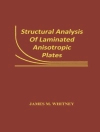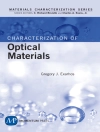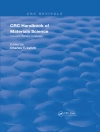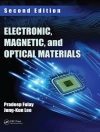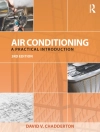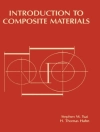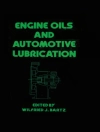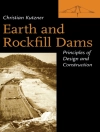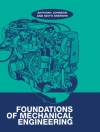This book describes the modelling and optimisation of vibration reduction systems in an integrated fashion using nonlinear equations of motion. It proposes an effective optimisation method for determining the basic characteristics of the non-linear visco-elastic elements used in passive vibration reduction systems. In the case of semi-active and active vibration isolators, a design process of the advanced control systems is proposed that makes possible to optimise the controller settings relatively to the selected vibro-isolation criteria. The approach developed here is subsequently tested by means of experimental investigations conducted on various sample vibration reduction systems: passive, semi-active and active.
The book presents a biomechanical modelling approach that allows users to select the properties of vibro-isolation systems for different types of oscillation and different optimisation criteria – and can significantly reduce the harmful vibrations that can affect the human body in the process. Further, the book equips readers to evaluate the viscoelastic characteristics of passive systems and design control systems for semi-active and active systems.
Modelling and Control Design of Vibration Reduction Systems offers a valuable guide for researchers and practitioners alike. It also provides students and academics with systematic information on the procedures to be followed in the design process for semi-active or active vibration reduction systems.
表中的内容
Introduction.- Simulated Input Vibration.- Modelling of the Vibration Reduction System.- Vibro-isolation Criteria.- Multi-Criteria of Optimisation of the Vibro-isolation Properties.- A method of Selecting Vibro-isolation Properties of Vibration Reduction Systems.- Control System Design.- A Method of Shaping the Vibro-isolation Properties of Semi-active and Active Systems.
关于作者
Awaiting authors’ response.


